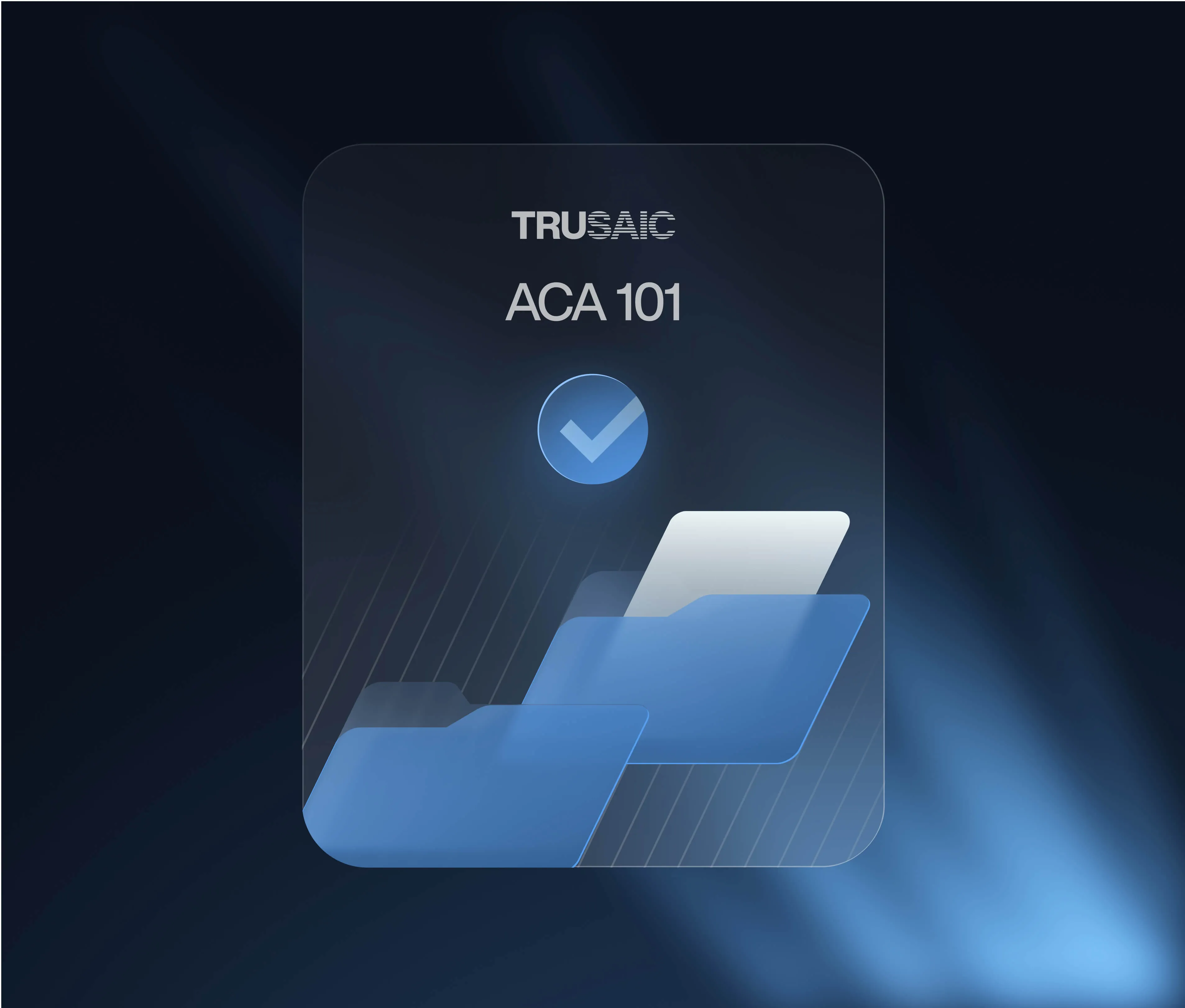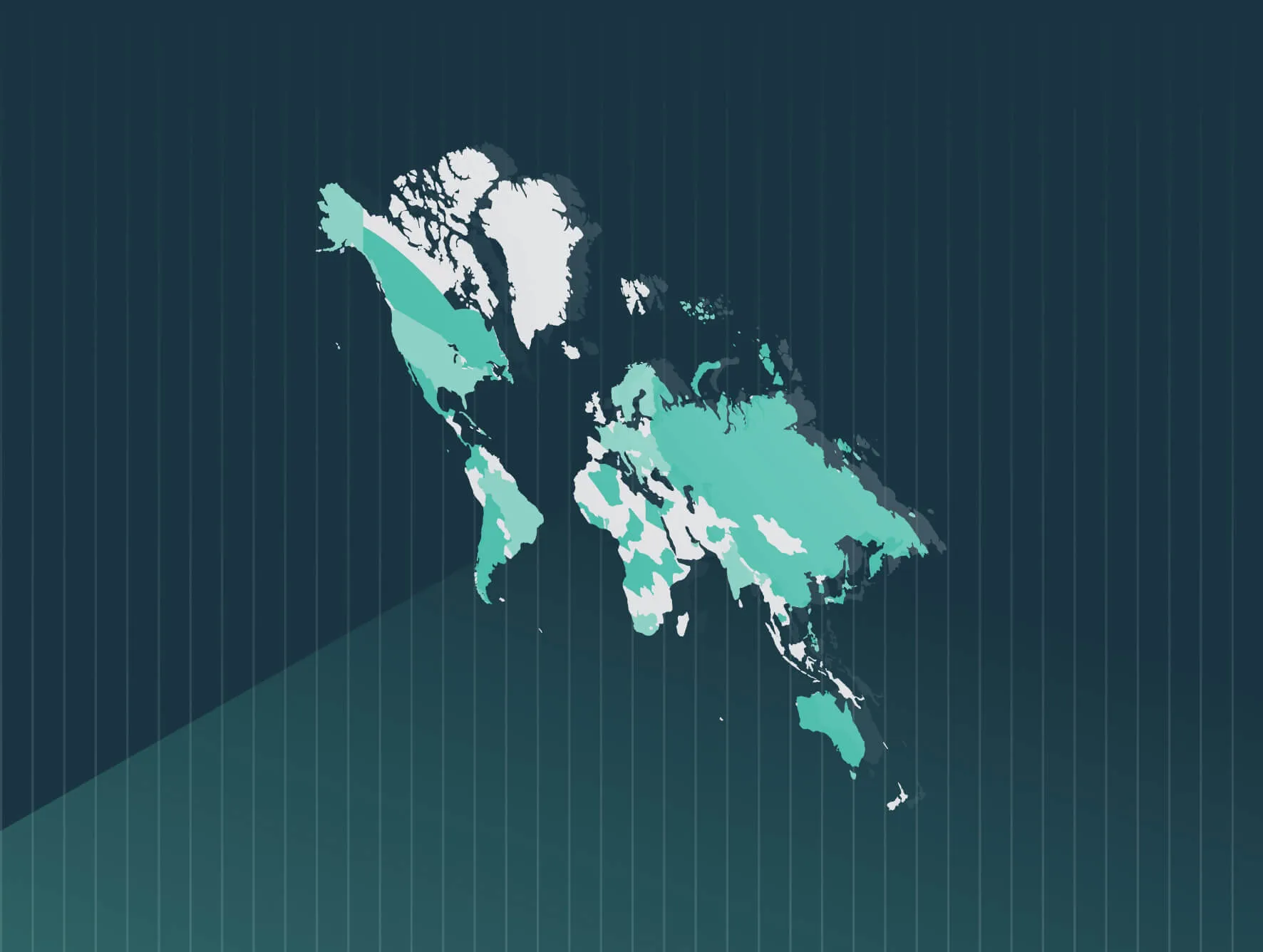Introduction
Effective Oct. 1, 2021, under House Bill No. 6380, all Connecticut employers must disclose salary ranges to job applicants upon request.
This means that employers must share the minimum pay and maximum pay set for a specific position. This may take into account several different factors, such as budgets or prior wages paid for a certain role. These wage ranges must be disclosed at prescribed points in the hiring, onboarding, or change in positions processes.
Connecticut pay transparency requirements
Connecticut’s wage range disclosure obligation has two important components:
- Employers must disclose the wage range to applicants for the position applied for upon the earliest of A) the applicant’s request for those wage rates, or B) prior to or at the time of making a job offer;
- Employers must disclose wage ranges to the employee for the employee’s position at the following prescribed times: A) upon hire, B) upon a change in position, or C) when first requested by the employee.
According to the law, wage range is defined as: the range of wages an employer anticipates relying on when setting wages for a position, and may include reference to any applicable pay scale, previously determined range of wages for the position, actual range of wages for those employees currently holding comparable positions or the employer’s budgeted amount for the position.
Employment equity standards
HB 6380 broadens the pool of comparable employees for purposes of equal pay violations. Previously, organizations in Connecticut were prohibited from discriminating on the basis of sex in the payment of wages to employees performing equal work, “the performance of which requires equal skill, effort, and responsibility and which are performed under similar working conditions…” This language echoes and reinforces the requirements of the federal Equal Pay Act of 1963.
However, like many other states across the U.S. whose legislatures have determined the Equal Pay Act is insufficient in its protections against sex-based pay discrimination, Connecticut broadened this language to prohibit pay discrimination on the basis of sex for comparable work on a job, when viewed as a composite of skill, effort, and responsibility, and performed under similar working conditions.
This change from “equal” to “comparable” is important in that it potentially allows aggrieved employees or applicants to select from a broader pool of comparators when making equal pay claims.
The risks of non-compliance
There is no set penalty under the law for non-compliance. However, penalties can be severe. Aggrieved applicants or employees can sue for compensatory damages, attorney’s fees and costs, and punitive damages. The statute of limitations to sue is two years from the last violation of HB 6380.
How can Trusaic assist with Connecticut’s pay transparency law requirements?
The goal of pay transparency laws is to promote practices that lead to a more equitable compensation environment. Similar to salary history ban laws, requiring pay ranges on job postings promotes fair pay practices and holds organizations accountable.
If implemented thoughtfully and strategically by an organization, pay transparency can promote a better work environment where employees believe they are paid fairly. Providing salary ranges on job postings can also positively narrow the applicant pool and improve the hiring experience.
Absent salary range information, a job candidate could go through a multi-week interview process only to discover the job offer is far below their salary expectation. This wastes the candidate’s time and causes financial and reputational damage to the employer. The task of moving toward full pay transparency can be daunting for an organization.
1. Comply – Use Trusaic’s Salary Range Finder® to ensure unbiased and competitive pay at the time of hire:
Salary range explainability: Salary Range Finder helps you establish and post competitive and equitable pay ranges to confidently comply with pay transparency laws.
2. Correct – Use PayParity® to understand, explain and resolve pay disparities:
Analyze: Trusaic’s pay equity analysis software analyzes compensation and benefits data directly from your HRIS system to uncover pay inequities across gender, race, age, and more. Conduct proactive or compliance-driven analyses to pinpoint disparities, reduce legal risk, and build trust by ensuring unbiased, transparent pay practices across your workforce.
Remediate: PayParity with R.O.S.A. (Remediation Optimization Spend Analysis) helps you remediate pay inequities with precision. R.O.S.A. runs hundreds of simulations quickly to find the most impactful pay adjustments, ensuring your budget is spent where it matters most. Make every adjustment count in your ongoing commitment to unbiased, transparent pay practices.
Prevent: Prevent future pay inequities by addressing systemic root causes and through the continuous monitoring of your pay practices. Use your pay equity analysis to guide salary decisions with tools like Salary Range Finder. Keep progress on track by embedding unbiased pay practices into hiring, promotions, and compensation adjustments.
Leveraging Trusaic’s pay equity software solutions to ensure you remain in compliance with Connecticut’s pay transparency law requirements.








